Parks, Nature Views, Walking, Brazil
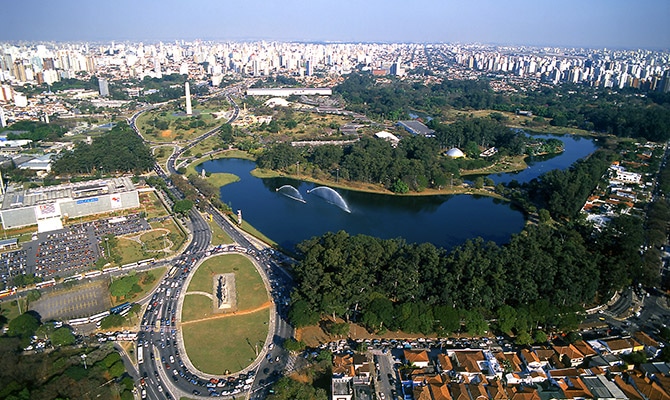
Removed from Unnamed collection
Ibirapuera Park 
Opened in 1954, during Sao Paulo's 400th anniversary, the Ibirapuera Park has a 1.6 million m² area and sports courts, bicycle racks and restaurants.
The project was led by Oscar Niemeyer, the architect who created most of the buildings in Brasilia. It also involved several professionals, such as architects Ulhoa Cavalcanti and Zenon Lotufo, besides landscapers Burle Marx and Augusto Teixeira Mendes.
The Ibirapuera has been elected "one of the 10 best urban parks in the world" by The Guardian, and it gathers athletes in the running lanes, soccer courts and open gym equipment. It also charms people looking for culture. The Museu de Arte Contemporânea (Contemporary Art Museum), the Museu de Arte Moderna (Modern Art Museum), the Museu Afro Brasil (Afro Brazil Museum), the Auditorio Ibirapuera (Ibirapuera Auditorium), the Pavilhão Japonês (Japanese Pavilion) and the Oca are all in the park. Take the time to also visit the Museu de Arte de São Paulo (Masp), which is only 6 km away. https://www.visitbrasil.com/attractions/ibirapuera-park.html
Map
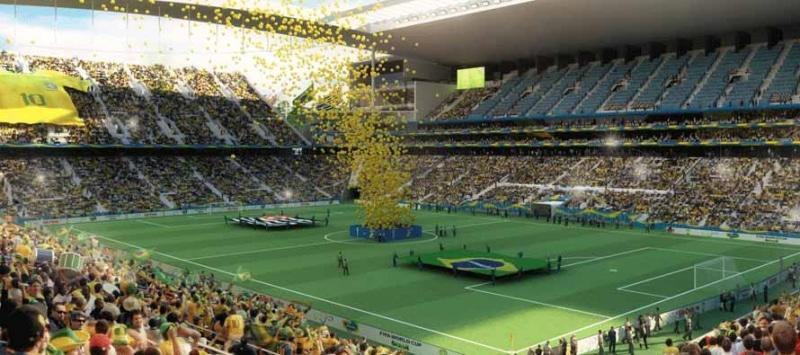
Removed from Unnamed collection
Corinthians Arena 
The Arena, also known as Itaquerão, is located in the East Zone of São Paulo, Brasil's most populated city. The football stadium was built for the 2014 FIFA World Cup and can hold 48 thousand fans. With 89 boxes, 59 stores, 15 elevators, 2,700 parking spaces, two restaurants, an auditorium and two sports bar, the Arena has a daring architectural project, signed by the architect Aníbal Coutinho and awarded in 2011 as the best architectural project of Brasil.
With a rectangular format and two side stands, the Arena makes it possible for fans to get closer to the field. On the East front, there is a LED panel of 170m x 20m, and on the West front, there is a glass panel made of 1350 pieces. The Arena has two large screens of 30m x 7.5m, the largest in the world in a football stadium. https://www.visitbrasil.com/attractions/corinthians-arena.html
Map
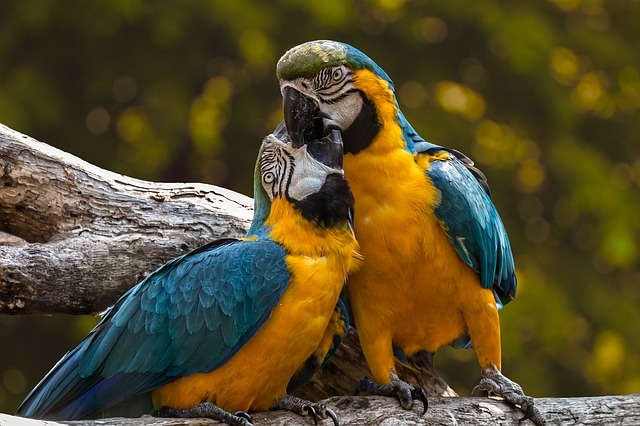
Removed from Unnamed collection
Sao Paulo Zoo 
Since its inauguration in 1958, Sao Paulo Zoo has already attracted more than 70 million visitors.
Located at the heart of more than 900,000 m of original Atlantic forest, the grounds are home to 3,000 different animal species, each evolving in a dedicated biotope which closely reflects its natural surroundings. This institution is the ideal tool for increase awareness among the general public of the problems related to protecting the species to which the Amazonian forest is home. http://www.worldeventlistings.com/en/sao-paulo/events/the-sao-paulo-zoo-visit-e-502138
Map

Removed from Unnamed collection
Roberto Burle Marx Park 
Roberto Burle Marx Municipal Park, better known as "Parque da Cidade", located in São José dos Campos - SP, occupies an area of about one million square meters that was part of the former Parahyba Weaving Farm.
In this vast perimeter are sheltered a great diversity of plant species and a beautiful landscape composed of gardens, imperial palm trees, lakes, artificial islands, woods and boulevards.
The gardens, by Roberto Burle Marx, and the Olivo Gomes Residence, designed by Rino Levi, make up an important work of modern architecture.
One of the main attractions of the park is the contact with nature. It provides the user with pleasant walks on paths surrounded by dense vegetation consisting of native and exotic species and inhabited by rich wildlife. http://www.sjc.sp.gov.br/servicos/esporte-e-qualidade-de-vida/parques/parque-da-cidade/
Map
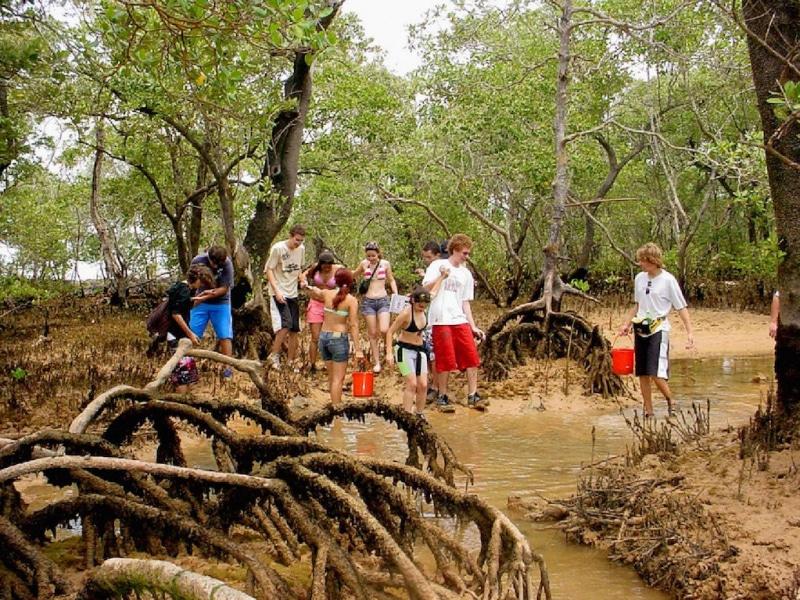
Removed from Unnamed collection
Augusto Ruschi Ecology Reserve 
The place is opened to the public for didactic visitation guided by technicians, with carefully elaborated tracks, showing aspects of typical ecosystems: paludosa forest, restingas, swamps, beach, sea rocks and Tabuleiro forest. Various uncommun attractives of the landscape provide a pleasant sightseeing pleasure and direct contact with the nature, good of seeing, feeling, to hear and to smell. http://www.ruschicolibri.com.br/marinebiologystation.html
Map
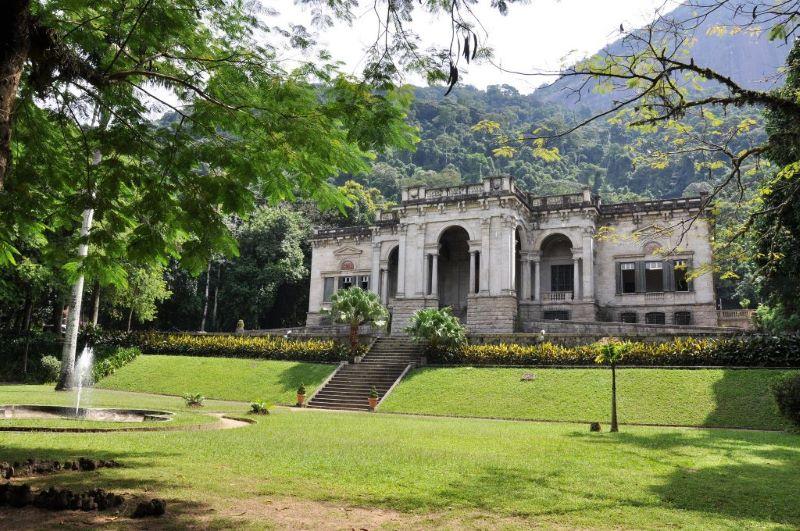
Removed from Unnamed collection
Parque Lage 
At the foot of the Corcovado Mountain, Parque Lage delights with 52 hectares of pure green, cultural and art programs.
Originating from an old sugar mill, the park makes part of the historic memory of the city. In 1957, it was tumbled by the IPHAN like as historical and cultural heritage of the city of Rio de Janeiro.
The main edification of the space, a big house of the XIX century, the Visual art school, works in Parque Lage (EAV), which offers free formation to beginner artists, training courses in art for youth, plus an intense program of exhibitions, seminars, lectures and video shows. EAV also have a library and auditorium with capacity for 150 people. On the main mansion courtyard by the pool, the BistrôPlage offers a delicious breakfast, more lunch and dinners with organic product which can be savored with the art and music events that happens on the place every year. In several weekends, ParqueLage crosses the down with art parties and festivals and music sponsored by initiative private and public. http://visit.rio/en/que_fazer/parque-lage-2/
Map
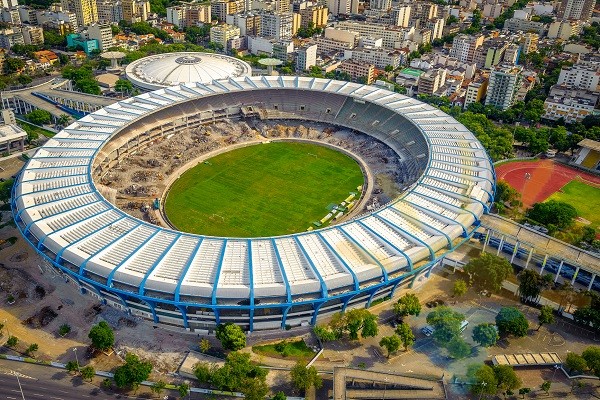
Removed from Unnamed collection
Maracana Stadium 
Maracanã has already been the scenery of the most important Brazilian soccer classic and earned historical moments of the international soccer. Monumental facts, like the thousandth goal of king Pelé, in 1969, also happened in the grass of the soccer Brazilian temple.
Maracanã had a big reform and had the total capacity to 78,838 supporters. The new Maracanã has been modernized and today fills international security items, logistic and sustainability. The use of solar energy and rainwater collection, reused in the 292 bathrooms and 4 dressing rooms, are important measures of economy and responsibility. More 360 security cameras keep the surveillance permanent of the stadium, that received two new ramps of access, besides the traditional Bellini and UERJ, beyond 12 escalators and more elevators, today, the total number is 17 of it.
New bars and snack bars give more comfort to the public, who are waiting for retractable chairs shared per colors and produced with certified material, with plastic bottle. Divided in five levels on the north, south, east and west sectors, Maracanã bets in divisions to facilitate the access and location of the supporters. Gate, sector, block, level, queues and chair are the subdivisions that will allow the supporters to localize their place with more comfort and more safety. There are also sits to obese, reserved area for people with special necessities and tactile floor for the visually impaired. http://visit.rio/en/que_fazer/maracanastadium/
Map
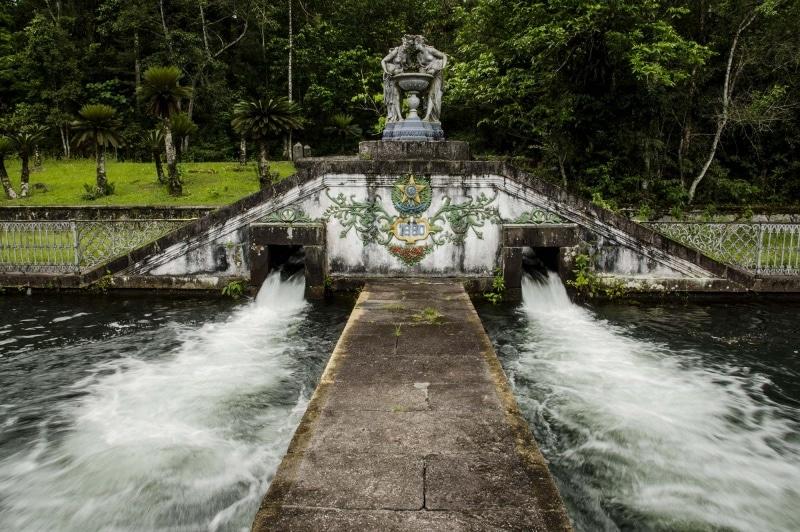
Removed from Unnamed collection
Rio D'Ouro Reservoir 
Preserved and in full activity, Rio D'Ouro Reservoir, built in 1880, is an architectural jewel of Nova Iguaçu, located on a natural site covered by the Atlantic Rainforest. From its pavilion, there is a footbridge that crosses the reservoir and leads to a fountain made of cast iron designed by the French sculptor Albert-Ernest Carrier Belleuse. He was the designer of the torches of the staircase at the Paris Opera Theater as well as the professor of the acclaimed sculptor, Auguste Rodin.
Nymphs, carved in the foundries of Val D'Osne in France, guard the fountain adorned by twigs and the Brazilian coat of arms. With a sophisticated hydraulic engineering for the time of its implementation, Rio D'Ouro Reservoir is listed by INEPAC (State Institute of Cultural Heritage). http://mapadecultura.rj.gov.br/headline/rio-douro-reservoir#prettyPhoto
Map
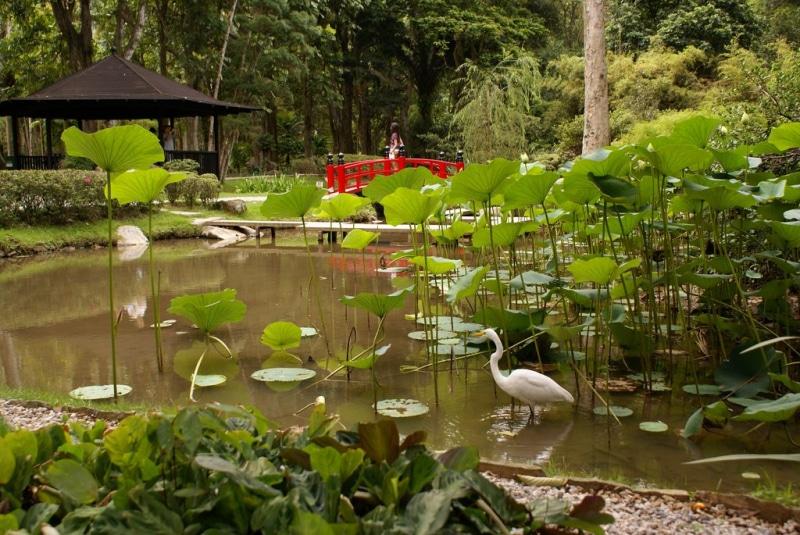
Removed from Unnamed collection
Botanical Garden of Rio De Janeiro 
Founded in 1808 by D. João VI, the Botanical Garden is an important touristic side of the city and so much visited by researchers who study the hundreds species that are there. With total area of 137 hectares, being 54 of acreage, the Botanical Garden houses rare collections of bromeliads and orchids, as well as old trees and exotic plants.
The Garden also has constructions in the beginning of the century XVI, saving a rich historical and cultural heritage. Between the monuments, we highlight the Eco and Narciso de mestre Valentim statues, the portal of the Academy of Fine Arts, projected by Grandjean de Montigny, and the Japonese Garden, created in 1935, from the donation of 65 species of tipical Japanese plants. The Park also is an excellent place to observe the birds, because there are more than hundred different species in the crowns and trunks of their trees http://visit.rio/en/que_fazer/botanicalgarden/
Map

Removed from Unnamed collection
Parque das Dunas 
Area of environment preservation, it maintains threatened species, being one of the biggest parks of Natal!
Parque das Dunas, in Natal, was created in 1977 with an area of 1,172 hectares and it is the first Environment Preservation Unit implemented in the state of Rio Grande do Norte. The Park receives annually around 150 thousand visitors. It has Bosque dos Namorados, where it is possible to walk and do gymnastics. There are also picnic and exhibit areas.
The Park has Atlantic forest plant formations and over 270 tree species, such as pau-brasil (Caesalpinia echinata), peroba (Aspidosperma polyneuron), and sucupira (Pterodon emarginatus), as well as bromeliads and orchids. Regarding fauna, it is possible to observe timbu (Didelphis albiventris), gato-maracajá (Leopardus wiedii), foxes, sagui (Callithrix jacchus), jiboia (Boa constrictor), snakes and a large amount of insects. https://www.visitbrasil.com/attractions/parque-das-dunas-dunes-park.html
Map
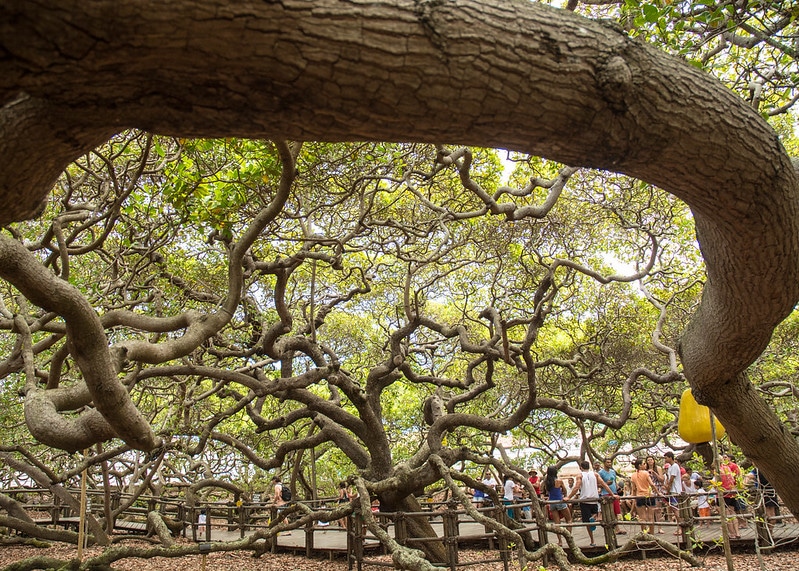
Removed from Unnamed collection
Cajueiro de Pirangi 
The tree enchants by its gigantic size and production, which reaches 80 thousand fruits per crop!
Instead of growing upwards, the branches grow sideways and because of their own weight, tend to bend downwards, reaching the ground. From the original trunk, dozens of branches grow, which in turn become other trunks, with roots with depth of up to 2 meters.
The tree manages to produce from 70 to 80 thousand cashews per crop, the equivalent of 2.5 tons. The fruits are not sold, but it is possible to take some home. The site has a structure with craft shops in the region, a 10 meters-high viewing spot and guides who speak English and Spanish. https://www.visitbrasil.com/attractions/cajueiro-de-pirangi.html
Map
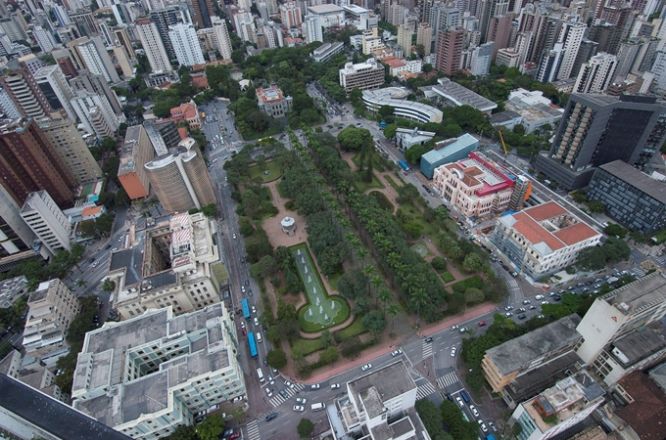
Removed from Unnamed collection
Liberty Square Cultural Circuit 
The Praça da Liberdade is not just something you see on a postcard of Belo Horizonte. Throughout its 100-year history, it has been the scene of important political decisions, social movements and even cultural, leisure and sporting events.
Since 2010, the square has been an additional source of pride. Following the relocation of the state government offices to Cidade Administrativa, the buildings were converted into museums and spaces that now make up the Praça da Liberdade Cultural Circuit. One of its points of difference is the institutional management of the spaces, which permits a greater connectivity and diversity of cultural programmes. The complex is supported by the Sérgio Magnani Cultural Institute in partnership with the Government of Minas Gerais.
Whoever visits the Praça da Liberdade Cultural Circuit can also visit three other spaces that are within easy reach: the Minas Tênis Culture Centre, Casa Una Culture Centre and the Belas Artes Cinema. In addition to being of great symbolic and architectural value to the city, the area is home to several places that exhibit the vast majority of Minas Gerais's cultural diversity and art that is known worldwide, all within a few blocks. http://www.guiadasartes.mg.gov.br/index.php/en/circuits/liberty-square-cultural-circuit
Map
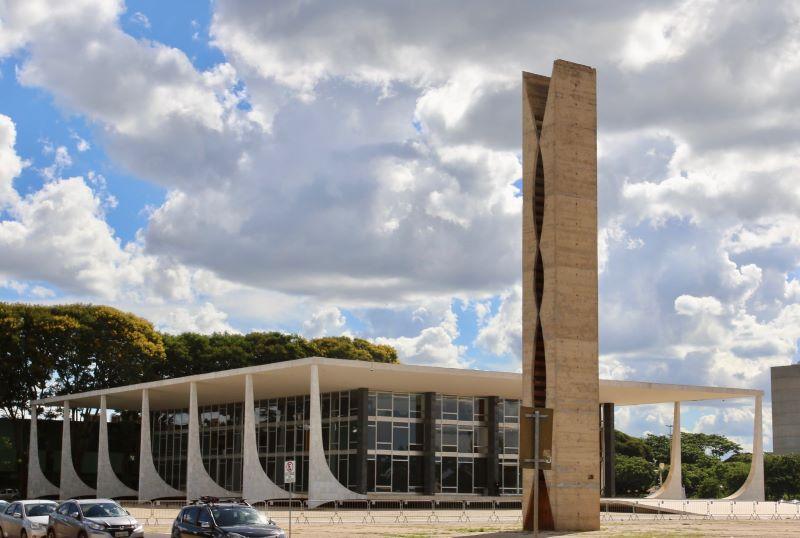
Removed from Unnamed collection
Praca dos Tres Poderes 
Designed by Oscar Niemeyer and Lucio Costa, the Praça dos Três Poderes is one of Brasília’s main attractions and headquarters of the three powers of State: the Palácio do Planalto (Presidential Palace), the Supremo Tribunal Federal - STF (Supreme Court) and the Congresso Nacional (National Congress).
The Três Poderes cultural center, subject to the local Cultural Secretary, manages the activities of the three cultural spaces of the plaza. They are: the Museu Histórico da Cidade (the city’s historical museum that contains historical records on the city’s construction), the Espaço Lucio Costa (with an enormous scale model of Brasília) andthe Panteão da Pátria (with art works honoring national heroes).
At the Praça dos Três Poderes, you can also find monuments designed by renowned international artists such as Os Candangos, by Bruno Giorgi; A Justiça, by Alfredo Ceschiatti, located in front of the Supreme Court; O Pombal e a Pira da Pátria, by Niemeyer; and the Mastro da Bandeira, with the largest national flag in the world. https://www.visitbrasil.com/attractions/praca-dos-tres-poderes.html
Map
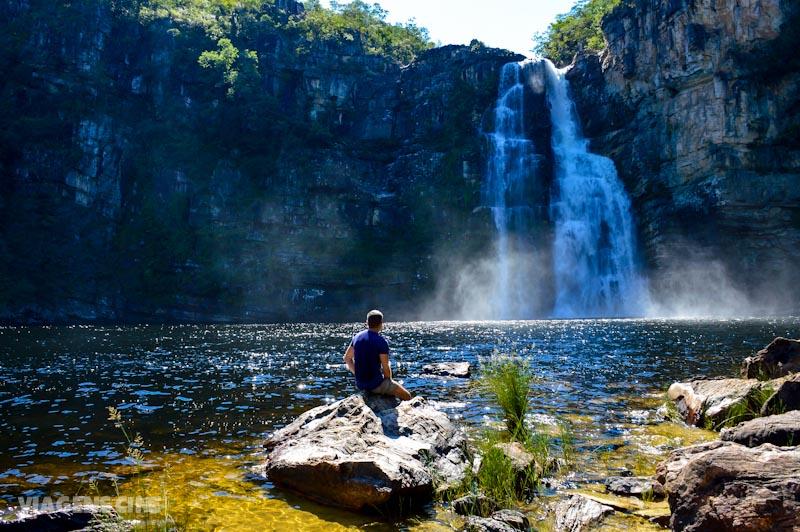
Removed from Unnamed collection
Chapada dos Veadeiros National Park 
Open in 1961, the Chapada dos Veadeiros National Park in Alto Paraíso de Goiás, aims to protect a portion of the Brazilian Cerrado. In 2001, the Park was declared a Natural Heritage by Unesco. With almost 66 thousand hectares, it is home to beautiful waterfalls, natural pools and rock formations (some with more than a billion years). It is the brightest point seen from Earth’s orbit, according to Nasa, because of its quartz crystals.
Birds are always present: parakeets, toucans, macaws, among others. Wildlife includes armadillos, veados-campeiros, jaguars, among others, and, on the Park’s trails, you can find a diverse flora.
The Park’s main attractions are its waterfalls, such as the Prata and Santa Bárbara. The trails (Sete Quedas, dos Saltos, dos Cânions and da Seriema) also attract those who like to walk among nature. Each trail has different degrees of difficulty, ranging from 230 m (track with accessibility) to 23.5 Km. https://www.visitbrasil.com/attractions/chapada-dos-veadeiros-national-park.html
Map
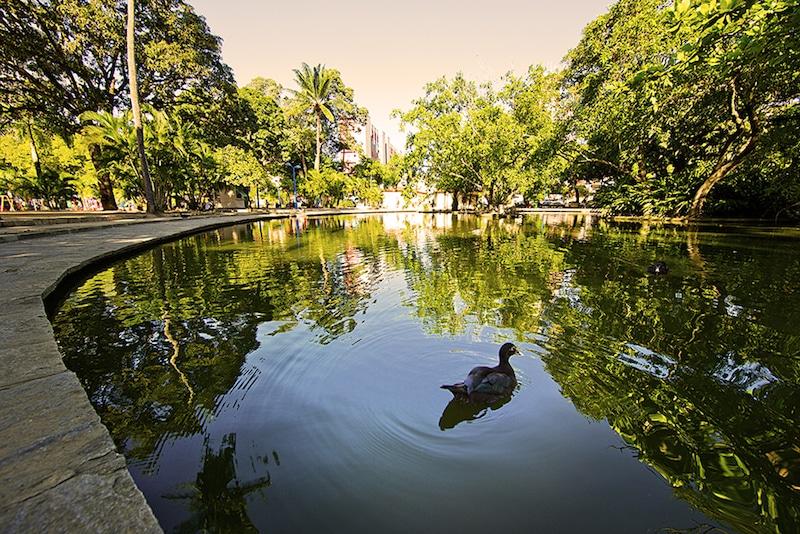
Removed from Unnamed collection
13 De Maio Park 
The park is the largest green area of the Central Region of Recife, with its 6.9 Hectares. It was the 1st Urban Park of Recife and has a children’s playground, sculptures of Abelardo da Hora, fountains and jogging track, Academia da Cidade (gym for the Recife population) and Mini zoo. https://visit.recife.br/en/o-que-fazer/atracoes/parques-e-pracas/parque-13-de-maio
Map
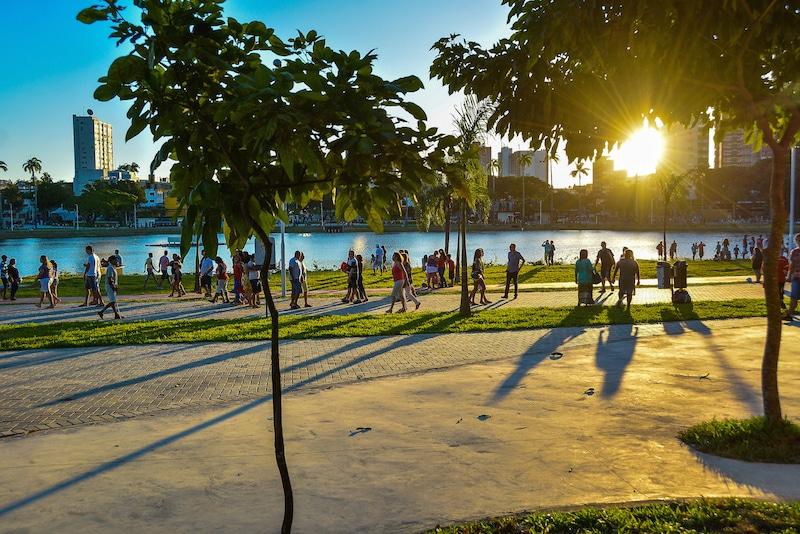
Removed from Unnamed collection
Lagoa Park 
"Postcard" of João Pessoa, the Lagoon Park Solon de Lucena offers leisure and security to the population of the city and tourists visiting the capital of Paraíba. There are 35 thousand square meters of paved walkways connected to the four entrances of the Park, which has 24 hour security and 553 lighting points, of which 262 are LED spotlights.
The venue has 12 squares, bike path, jogging track, international standard skate park, extreme sports area with slackline, climbing wall and a deck available for free for parties and events.
Green is also one of the hallmarks of Parque da Lagoa, which has 215 palm trees and 738 native trees (Pau-Brasil, Sibipiruna, Gameleira, Oitizeiros, Pitombeiras, yellow, pink and purple ipe) and exotic (Ficus macrocarpa, Castanholas, Cássea Rust). http://www.joaopessoa.pb.gov.br/parquedalagoa/
Map

